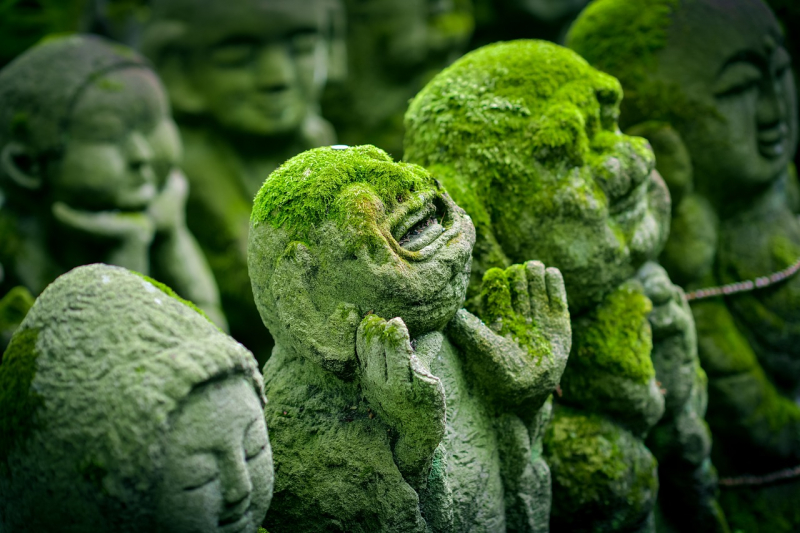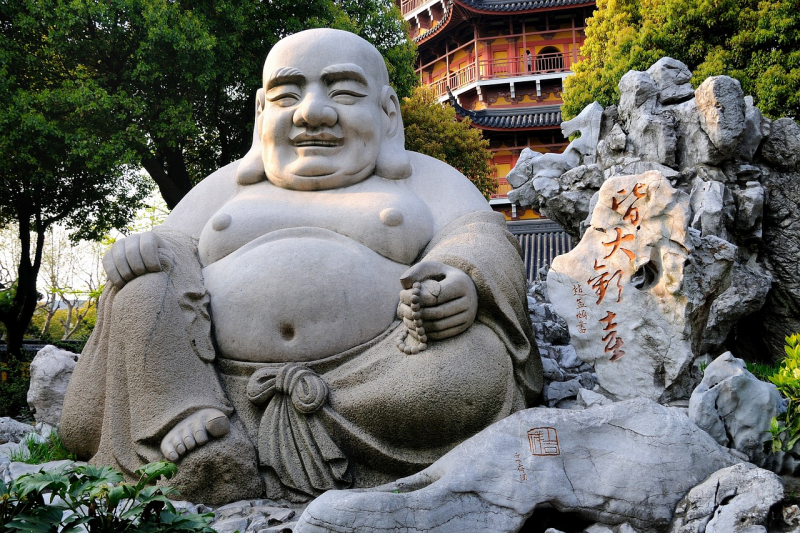Laughing Buddha
Laughing Buddha – Luck and Prosperity
Representing another facet of Buddha's life during the latter period, the Laughing Buddha exudes joy and contentment, symbolizing prosperity and abundance. Also known as Budai or Hotei, the Laughing Buddha is a distinctive type of Buddha statue, showcasing a jolly and cheerful figure. Unlike the historical Buddha, Siddhartha Gautama, depicted as slim and serene, the Laughing Buddha is often portrayed as a plump, bald man with a big belly and a warm, infectious smile.
The Laughing Buddha is synonymous with happiness, contentment, and abundance, making him a cherished symbol of good luck and prosperity across various Asian cultures. Depicted holding a sack of treasures or a bag of gifts, the statue beautifully represents the wealth and blessings he bestows upon those who encounter his joyful presence.
In Chinese and East Asian traditions, the Laughing Buddha is revered for his ability to bring joy and good fortune to homes and businesses. Often found adorning offices, shops, and houses, his presence is believed to attract positive energy while dispelling negativity. Rubbing the Laughing Buddha's belly is customary to invite good luck and prosperity.
Despite being referred to as the "Buddha," the Laughing Buddha is not a historical Buddhist figure and is not regarded as a deity or enlightened being. Instead, he represents a beloved folkloric figure, widely embraced in various cultures as an emblem of happiness and well-being.












